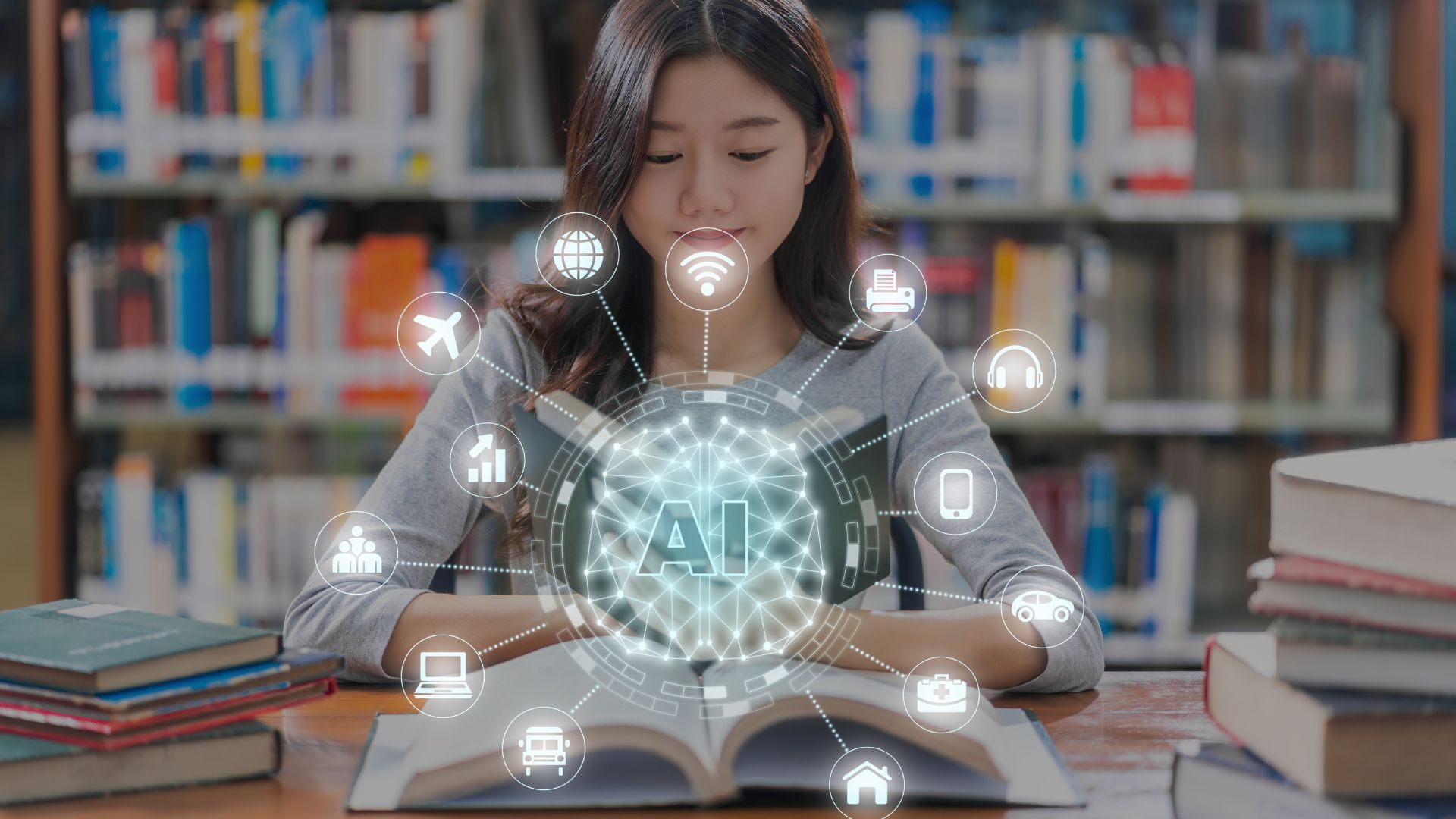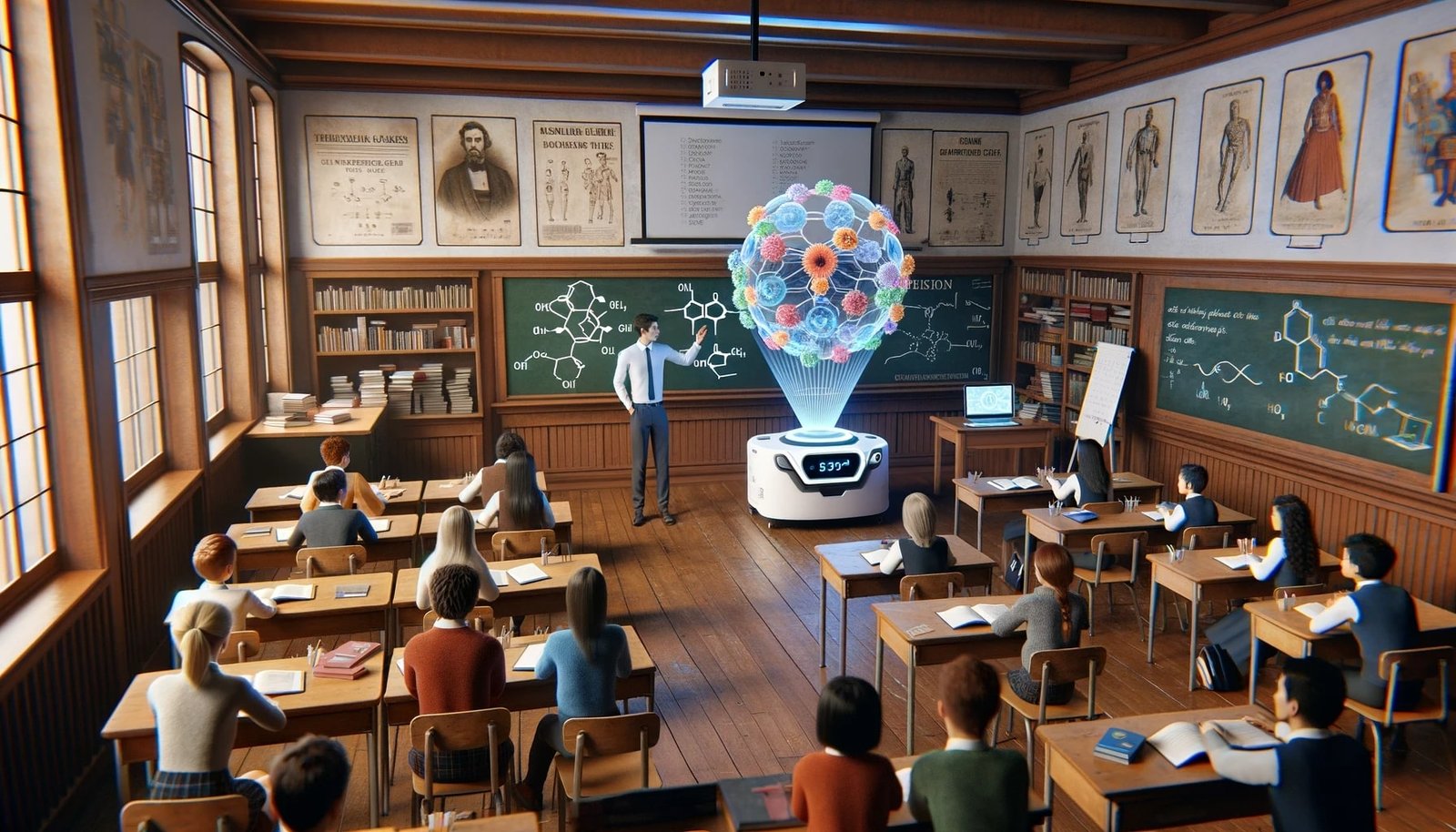
Education is constantly evolving, driven by advancements in technology and a growing understanding of how students learn best. One of the most promising developments in recent years is the emergence of holographic learning tools. These innovative devices leverage holographic display technology to create immersive and interactive educational experiences that engage students in new and exciting ways. the use of holographic learning tools provided by HoloFex has the potential to revolutionize education by creating immersive and engaging learning experiences for students. To experience the future of education firsthand, visit HoloFex today and witness the power of holographic learning tools in action.
Traditional educational tools, such as textbooks and whiteboards, have long been staples of classrooms around the world. While these methods have served their purpose, they often fall short in capturing the attention and imagination of today’s digital-native students. Holographic learning tools offer a solution to this challenge by providing a dynamic and interactive platform for delivering educational content.
With holographic learning tools, students can explore complex concepts and subjects in three dimensions, allowing for a deeper understanding and retention of information. Whether it’s dissecting a virtual frog, exploring the solar system, or diving into historical events, holographic learning tools bring subjects to life in ways that are not possible with traditional teaching methods.
Moreover, holographic learning tools offer a level of interactivity that is unmatched by static educational materials. Students can manipulate virtual objects, conduct virtual experiments, and engage in collaborative learning experiences with their peers. This hands-on approach not only enhances learning outcomes but also fosters creativity, critical thinking, and problem-solving skills.
Also Read: Reviving Cracked Concrete: The Science Behind the Perfect Repair
Implementation and Impact in the Classroom

The integration of holographic learning tools into the classroom has the potential to revolutionize the way students learn and teachers teach. Educators can use these tools to create dynamic and engaging lesson plans that cater to diverse learning styles and abilities. By incorporating holographic simulations, virtual field trips, and interactive exercises, teachers can make learning more accessible and inclusive for all students.
Furthermore, holographic learning tools have been shown to improve student engagement and motivation. Studies have found that students are more likely to stay focused and retain information when learning through immersive and interactive experiences. By harnessing the power of holographic technology, educators can ignite a passion for learning and inspire students to explore new ideas and concepts.
In addition to enhancing the learning experience for students, holographic learning tools also provide valuable support for teachers. These tools offer customizable content libraries, lesson planning resources, and real-time assessment features that streamline the teaching process and enable educators to personalize instruction to meet the needs of individual students.
Future Directions and Challenges
While holographic learning tools hold tremendous promise for the future of education, there are still challenges to overcome in terms of accessibility, affordability, and scalability. Currently, the cost of holographic display technology remains prohibitive for many schools and educational institutions, limiting widespread adoption. The use of hologram devices in education has the potential to revolutionize the way students learn and interact with information.However, as the technology continues to advance and become more affordable, we can expect to see greater integration of holographic learning tools into classrooms around the world.
Another challenge is the need for training and professional development for educators. Many teachers may lack experience or familiarity with holographic technology and require support and resources to effectively integrate these tools into their teaching practice. By investing in training programs and curriculum development, educational institutions can empower teachers to harness the full potential of holographic learning tools and maximize their impact on student learning outcomes.
Conclusion
In conclusion, holographic learning tools have the potential to revolutionize education by providing immersive, interactive, and engaging experiences that enhance learning outcomes for students. By leveraging holographic display technology, educators can create dynamic and personalized learning environments that cater to diverse student needs and abilities. While there are challenges to overcome in terms of accessibility and implementation, the future of education looks brighter with the promise of holographic learning tools leading the way towards a more engaging and effective learning experience for students everywhere.
Also read: The Ultimate Guide To Boosting SEO Ranking
